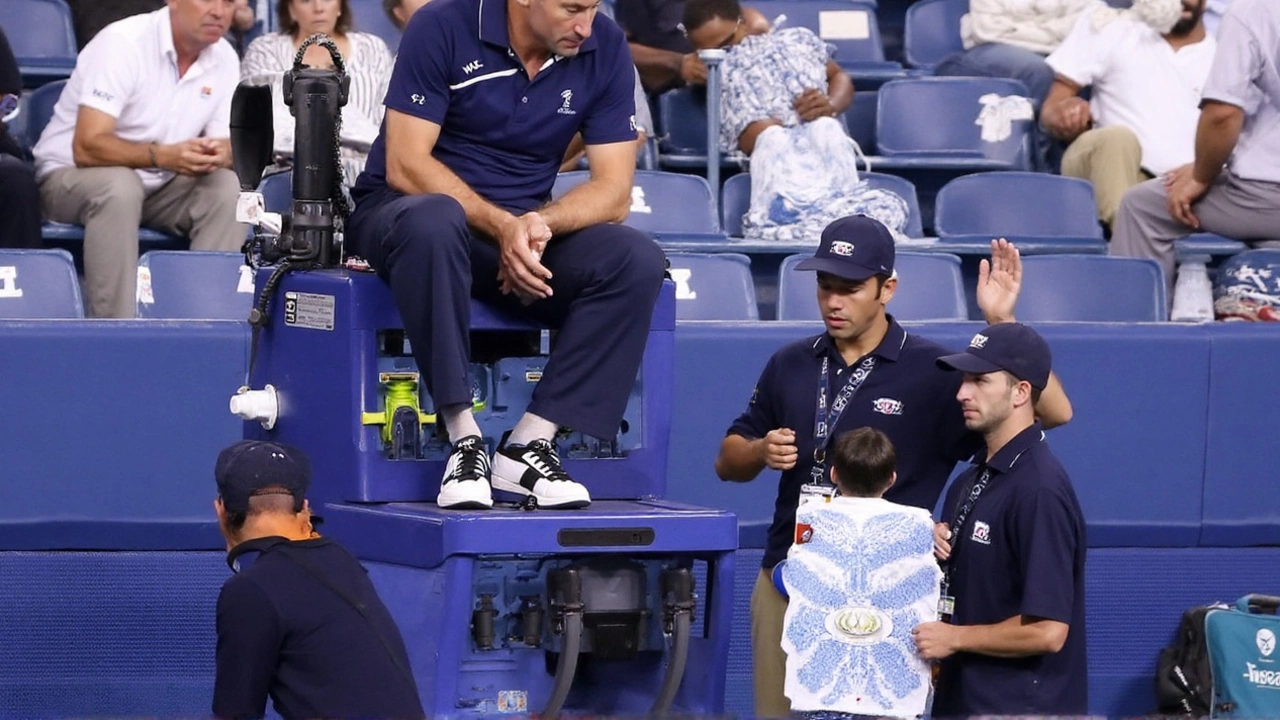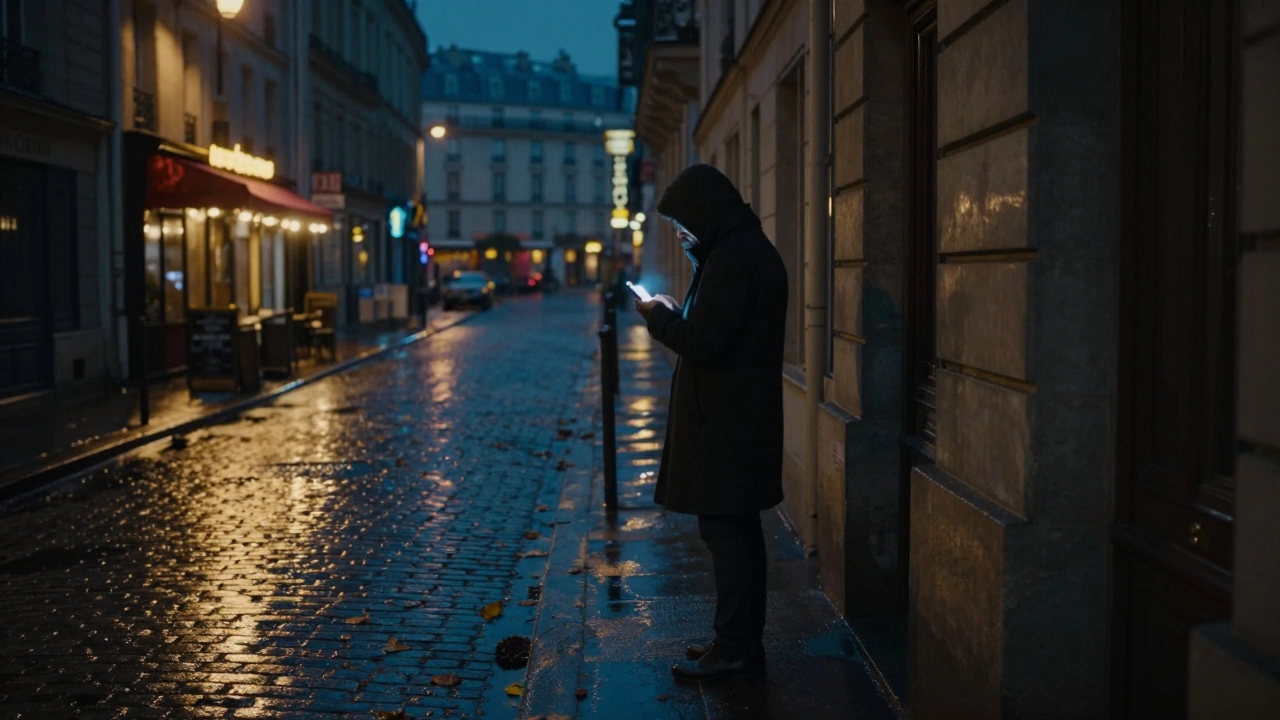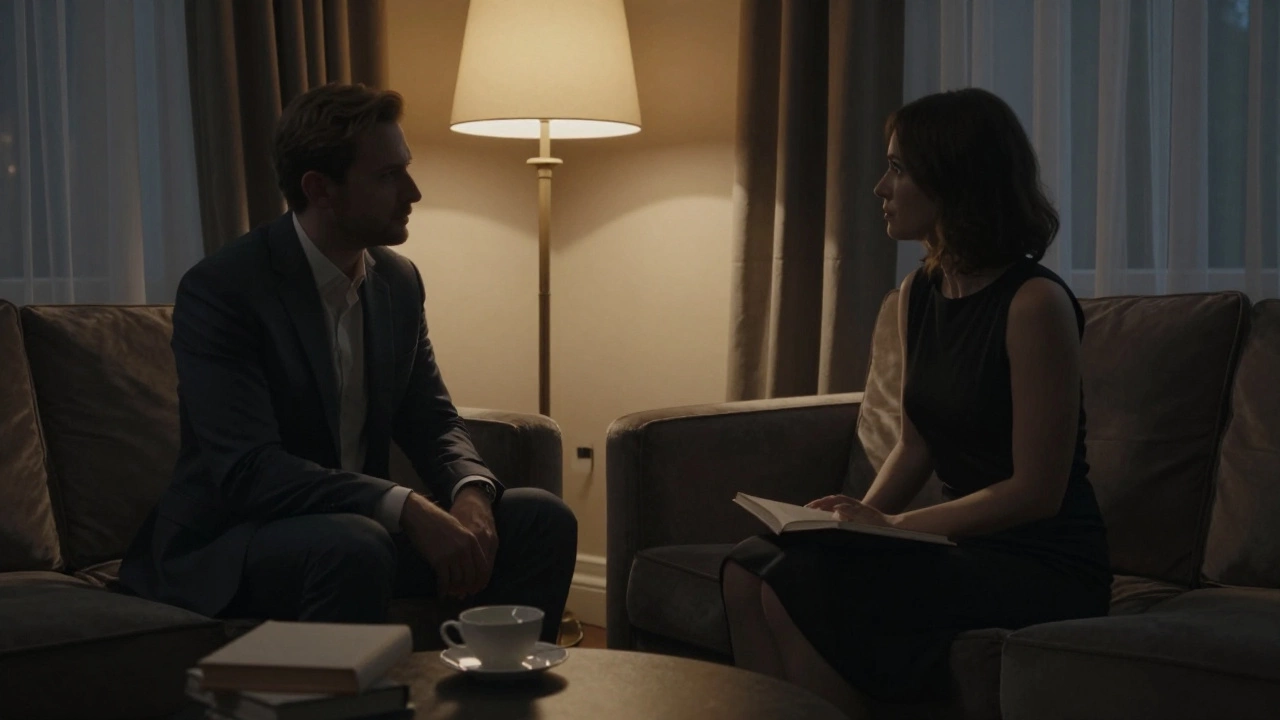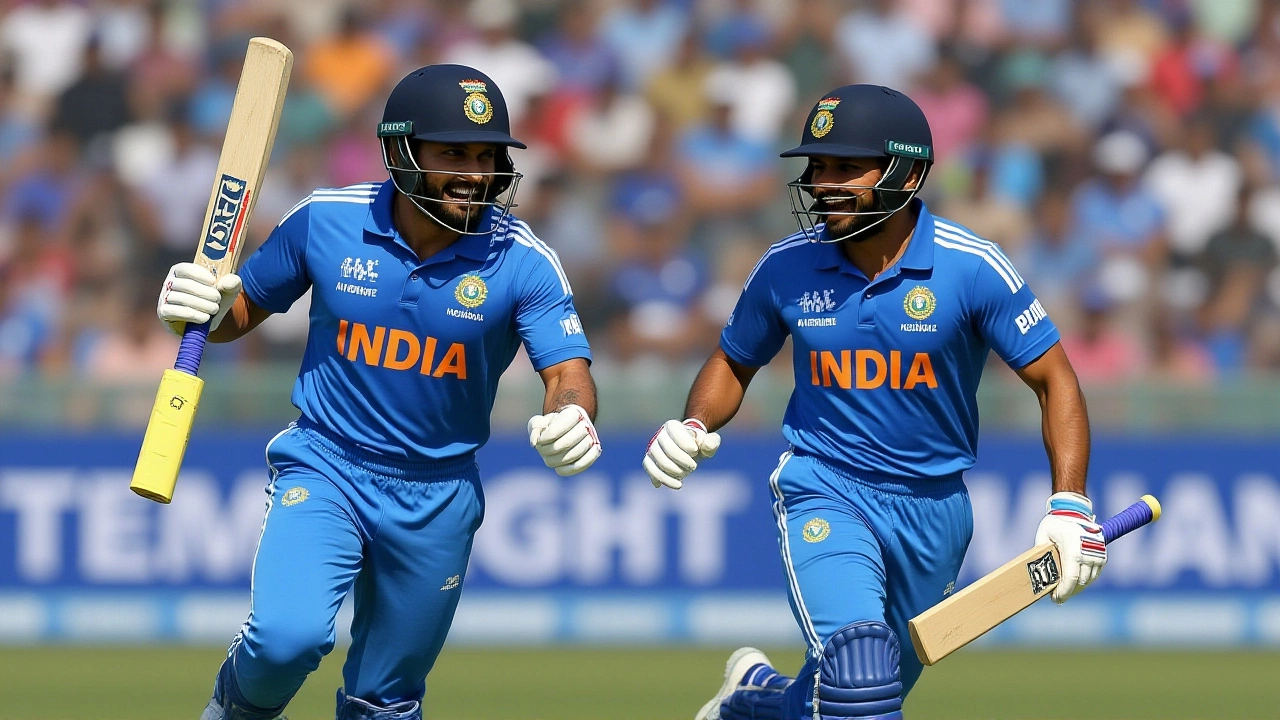What happened, why the call stood, and who’s upset
The US Open has sided with chair umpire Greg Allensworth after a bizarre on-court intrusion flipped a critical moment in the Daniil Medvedev–Benjamin Bonzi first-round match. A freelance photographer, Selcuk Acar, stepped onto the playing surface during match point in the third set, stopping play and triggering a long delay. Allensworth ruled external interference and ordered the point replayed, giving Bonzi a first serve. After six minutes of protest from Medvedev, play resumed. Bonzi steadied, and despite a momentum swing that briefly favored Medvedev, the Frenchman finished the upset in five sets.
In a Monday statement, the United States Tennis Association said the umpire applied the International Tennis Federation’s Rule 26 on hindrance correctly: if outside interference disrupts a point or the service motion, the point is replayed. That meant Bonzi got his first serve back. The USTA also said Acar’s credential was revoked on the spot for entering the court without authorization during live play, calling it a breach of security that “compromised competition integrity.”
Acar disputes the account. In an interview he said the incident has “turned into a lynching,” insisting he twice checked with an official and was told, “The match is stopped,” before he stepped forward. He maintains he did not enter during live play and says camera footage would clear him. Tournament officials, though, say the interference was real and decisive enough to require a replay under the rule.
Medvedev, the 2021 champion, tried to separate the person from the decision. “I was not upset with the photographer. It was nothing special,” he said after the match, explaining that his argument was about the protocol on serves after noise or disruption. “Every time there’s sound from the stands between serves, there is never a second serve.” He lost patience with the ruling, not the man who wandered into his workplace.
Bonzi saw a different angle. “It’s not my call to say first serve. Daniil started it. He put oil on the fire,” he said, pointing to the crowd’s mood as the delay stretched. The win marked Bonzi’s second straight first-round upset of Medvedev in New York, a stat that stings more given the match tilted on a procedural flashpoint.
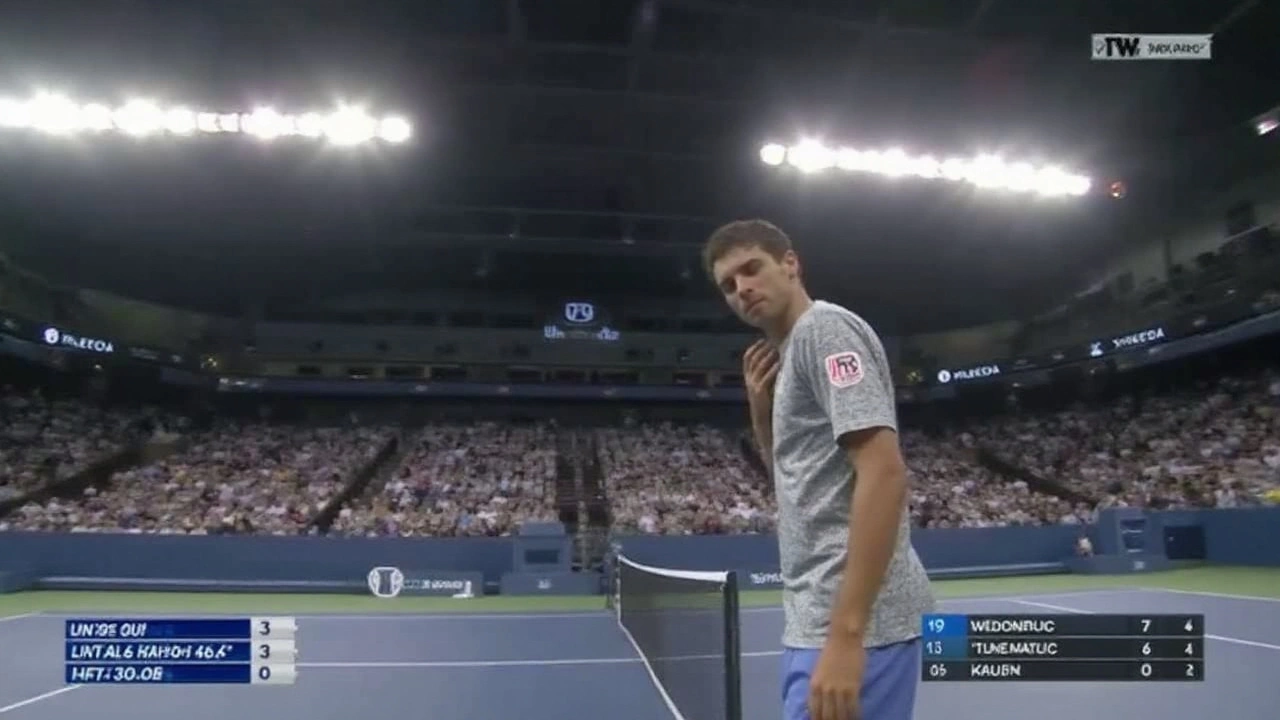
The rule, the fallout, and what changes now
Hindrance is a dry term until it invades match point. Under ITF Rule 26, outside interference—anything from a stray ball rolling in, to a person stepping into play, to a horn blasting mid-serve—triggers a replay if the hindrance is unintentional. If it’s deliberate, the offending player loses the point. The distinction matters: no one accused Bonzi or Medvedev of causing the disruption, so the only fair remedy was to replay the point and reset the serve.
Here’s what the rule means in plain language during a serve:
- If something outside the players’ control happens during the service motion, the point is replayed. The server gets a first serve.
- If the ball is already in play and interference occurs, the point is still replayed—no one keeps an advantage earned during the disruption.
- If the interference is caused deliberately by a player, that player loses the point. If it’s accidental (a hat blows off), it’s a let.
That’s why Allensworth’s call drew backing from the USTA. In tennis, umpires don’t use video review for hindrance; they decide in real time based on what they see and hear. The US Open now uses electronic line calling, but there’s no VAR-style system for judgments like this. The chair’s eyes, and the rulebook, carry the day.
So why the anger from Medvedev? Players live in the nuance. Between first and second serves, any noise or movement can feel like gamesmanship or a lapse in control by the tournament. Medvedev’s argument boiled down to consistency: if crowd noise between serves can restore a first serve, why not a full-on court intrusion? He felt the standard isn’t applied evenly. The USTA’s reading is that it was applied exactly as written.
Security-wise, the consequences were swift. Acar’s credential was yanked, and the USTA said it is reviewing how a photographer could breach the boundary during active play. At Grand Slams, media are restricted to photo pits and marked lanes, with movement timed to changeovers. Stepping into the playing area mid-point is a bright red line. The tournament added that it will reassess court access protocols for working media to prevent a repeat.
The broader backdrop: stadium tennis has wrestled with interruptions. During the 2023 US Open women’s semifinal, climate protesters halted play; one glued his feet to the floor, causing a 49-minute delay as police and medical staff worked to remove him safely. Those scenes sharpened conversations around venue security, ingress checks, and how quickly a match can return to rhythm after a shock to the system.
There’s also the matter of fines. Medvedev could face a penalty for post-match remarks criticizing umpire compensation. The Grand Slam code allows fines for verbal abuse and conduct deemed detrimental to the tournament’s integrity; public comments about officials sometimes fall into that gray zone. The USTA, while not announcing a decision, signaled that standard post-match reviews are underway.
For Bonzi, the win was about keeping his head while a favorite lost his. For Medvedev, it was a reminder that margins at the Open are razor thin and that arguments, even principled ones, can take air out of a comeback. For the tournament, it’s a test of process: enforce the rule, keep the match fair, then close the loopholes that let a non-player step into the story.
One more bit of context on the call itself. Tennis treats “external interference” differently from the sport’s self-inflicted chaos. If a ball kid drops a spare ball, if a banner unfurls in the wind, if a vendor’s radio crackles at the toss—none of that is on the server or the returner. The chair’s job is to neutralize the randomness and give both players a fresh start. That’s what a replay protects. But the game also polices intent: if a player shouts during a point to distract an opponent, that’s a deliberate hindrance and the point is awarded against them. The line is clear on paper, messy in real time.
As for Acar, he’s leaning on his résumé—major summits, World Cups—and says he respected instructions on the ground. The tournament says he didn’t. That’s why this won’t end at a revoked badge. Expect a deeper audit of who gets access, how those people are briefed, and what escalation protocols kick in when the lines get crossed. Tennis can live with boos and bathroom breaks. It can’t live with uncertainty about who belongs on the court.
Next steps from the USTA: a review of security positioning around the photo wells and tunnels, refresher briefings for media and floor staff, and clearer language on when movement is permitted. The goal is simple—no more judgment calls that start with someone who isn’t playing the match standing where only two people should ever be.
